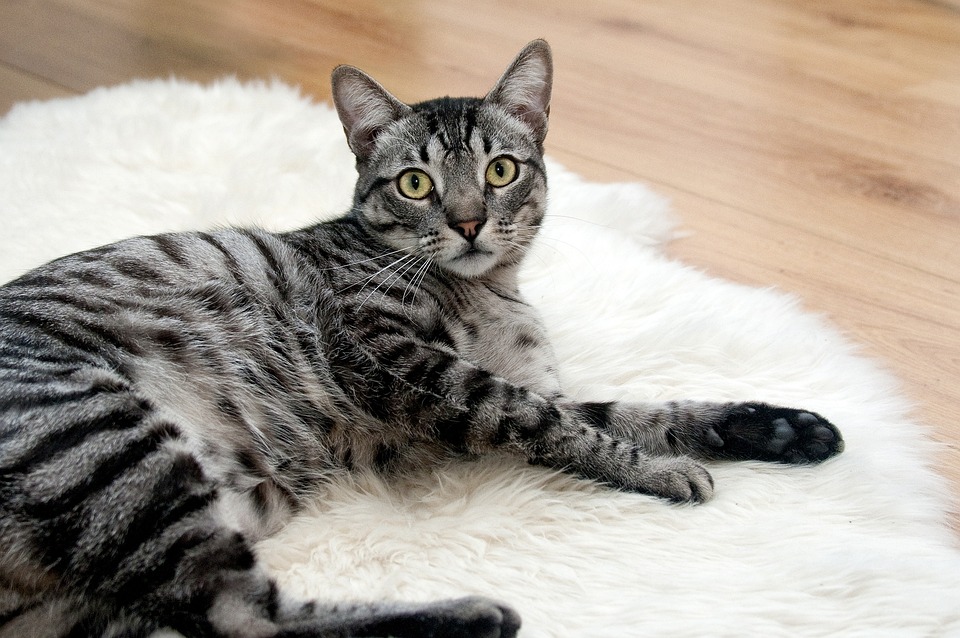Are you considering bringing a new cat into your home, but worried about how your senior cat will react? Introducing a new cat to a senior feline can be a delicate process, but with the right approach and understanding, you can help foster a harmonious relationship between the two. In this article, we will explore effective strategies and essential tips to ensure a smooth transition for your senior cat and their new feline companion. Additionally, we will address some frequently asked questions to shed light on common concerns. Let’s dive in!
Understanding the Importance of a Gradual Introduction
Introducing a new cat to a senior cat requires patience and a gradual introduction to prevent stress and conflicts. Cats are territorial creatures, and sudden changes can disrupt their sense of security. By following these steps, you can minimize the chances of tension and help the cats form a positive bond:
1. Prepare a separate sanctuary space for the new cat: Before bringing the new cat home, set up a quiet room with all the necessary amenities such as food, water, litter box, toys, and a cozy bed. This space will serve as the new cat’s sanctuary where they can acclimate to their new environment.
2. Exchange scents: Cats rely heavily on their sense of smell to navigate their surroundings. Rub a cloth on the new cat, focusing on their scent glands located on the cheeks, and then place it near your senior cat’s resting areas. This will allow them to familiarize themselves with each other’s scents gradually.
3. Swap bedding and toys: Introduce each cat to the other’s scent by swapping bedding and toys between their respective spaces. This will further help them become accustomed to each other’s presence.
4. Gradual visual introduction: Once both cats are comfortable with each other’s scents, start allowing them to see each other through a cracked door or a baby gate. This visual introduction allows them to observe and assess each other without direct contact, reducing the chances of aggression or fear.
5. Controlled face-to-face meetings: After a successful visual introduction, it’s time to proceed to a controlled face-to-face meeting. Use a sturdy cat carrier or gate as a barrier during the initial encounters. This physical separation allows the cats to observe and interact safely.
6. Supervised interaction: When both cats show signs of curiosity, relaxation, and minimal aggression, gradually increase the supervised interaction time. Be patient, as each cat may require different amounts of time to adjust to the new dynamic.
7. Provide individual attention: Throughout the introduction process, ensure that each cat receives individual attention, playtime, and affection. This will help them feel secure and loved, reducing any feelings of jealousy or competition.
Frequently Asked Questions (FAQs)
Q: How long does it take for cats to get along?
A: The timeframe for cats to get along varies depending on their individual personalities, past experiences, and the introduction process. It can take anywhere from a few days to several weeks or even months. Patience and consistency are key.
Q: Should I separate the cats when I’m not at home?
A: In the early stages of the introduction, it’s advisable to keep the cats separated when you’re not around to supervise. This prevents any potential confrontations or accidents. Gradually, as their relationship improves, you can gradually increase the periods of unsupervised time.
Q: My senior cat seems stressed and agitated. What should I do?
A: Senior cats may require extra time to adjust to changes. Ensure they have a safe space where they can retreat to and provide plenty of environmental enrichment, such as scratching posts, perches, and interactive toys. If their stress persists, consult with a veterinarian or a feline behaviorist for further guidance.
Q: Is there any way to speed up the introduction process?
A: While it’s important to give the cats enough time to adjust, there are a few techniques that may help speed up the process. These include using pheromone diffusers, engaging in interactive play sessions with both cats simultaneously, and providing positive reinforcement through treats and praise when they display calm behavior during interactions.
Conclusion
Introducing a new cat to a senior cat requires careful planning, patience, and understanding. By following a gradual introduction process and addressing each cat’s needs, you can increase the chances of a successful coexistence. Remember, every cat is unique, and the adjustment period may vary. If you encounter any challenges, don’t hesitate to seek professional advice to ensure a harmonious and happy home for both your senior cat and their new companion.








